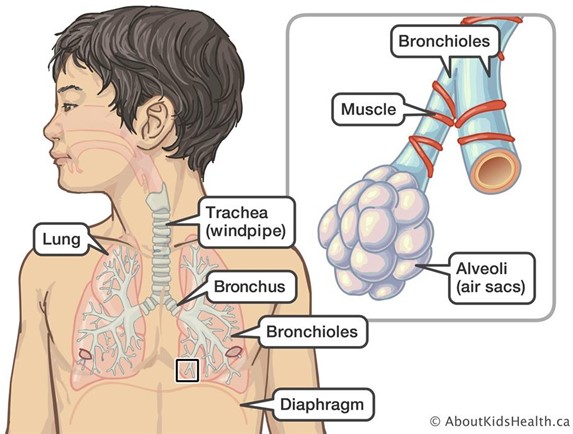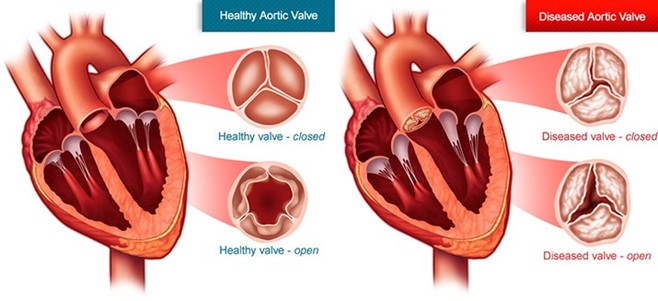A 1-year-old child with respiratory syncytial virus (RSV) has been admitted to the pediatric unit. The nurse observes that the child has a fever, rhinorrhea, frequent coughing, and sneezing.
Which additional finding should alert the nurse that the child is in acute respiratory distress?
Flaring of the nares.
Bilateral bronchial breath sounds.
Diaphragmatic respirations.
A resting respiratory rate of 35 breaths/min.
The Correct Answer is A
Flaring of the nares is a sign of increased respiratory effort, which is a manifestation of acute respiratory distress. This finding occurs when the child is attempting to draw in more air to meet the increased demand for oxygen.
Bilateral bronchial breath sounds can indicate consolidation or a bronchial obstruction, but they are not specific to acute respiratory distress.
Diaphragmatic respirations are a normal finding and may occur in response to respiratory distress, but they do not necessarily indicate acute respiratory distress.
A resting respiratory rate of 35 breaths/min is within the normal range for a 1-year-old child and does not necessarily indicate acute respiratory distress.

Nursing Test Bank
Naxlex Comprehensive Predictor Exams
Related Questions
Correct Answer is D
Explanation
Aortic stenosis is a narrowing of the aortic valve, which can cause decreased blood flow from the left ventricle to the systemic circulation. In infants with aortic stenosis, the left ventricle must work harder to pump blood through the narrowed valve, which can lead to left ventricular hypertrophy, heart failure, and pulmonary edema. Bilateral fine crackles in both lung fields may indicate fluid overload in the lungs, which is a common complication of heart failure. Hypotension and tachycardia may also be present due to decreased cardiac output.
Option A is not a typical finding associated with aortic stenosis.
Option B is not directly related to the infant's cardiac condition.
Option C is not a typical finding associated with heart failure.

Correct Answer is B
Explanation
Answer: (B) Counsel the client about the risks and benefits of using oral contraceptives.
Rationale:
(A) Encourage the client to discuss her need for contraceptives with her parents: Encouraging open communication with parents is important, but this action might not be the most appropriate in this context. The client has expressed a desire for confidentiality, and respecting her autonomy is essential, particularly when it comes to sensitive topics like sexual health.
(B) Counsel the client about the risks and benefits of using oral contraceptives: Providing counseling about the risks and benefits of oral contraceptives is the most appropriate action. It ensures the client is informed and able to make a decision that is right for her health and circumstances. The nurse can also discuss other contraceptive options and provide education on safe sex practices. This approach respects the client's autonomy and privacy while ensuring she receives the necessary information to make an informed choice.
(C) Explain that she needs parental approval to receive contraceptives: In many areas, adolescents have the right to obtain contraceptives without parental consent. Requiring parental approval might not only be legally incorrect but could also discourage the client from seeking necessary healthcare, potentially putting her at risk.
(D) Tell the client how to receive a variety of free oral contraceptives from the clinic: While providing information about accessing contraceptives is helpful, this option alone does not address the need for thorough counseling about the risks and benefits. It's important to ensure that the client understands the implications of using oral contraceptives and has the opportunity to ask questions and receive guidance tailored to her individual needs.
Whether you are a student looking to ace your exams or a practicing nurse seeking to enhance your expertise , our nursing education contents will empower you with the confidence and competence to make a difference in the lives of patients and become a respected leader in the healthcare field.
Visit Naxlex, invest in your future and unlock endless possibilities with our unparalleled nursing education contents today
Report Wrong Answer on the Current Question
Do you disagree with the answer? If yes, what is your expected answer? Explain.
Kindly be descriptive with the issue you are facing.
